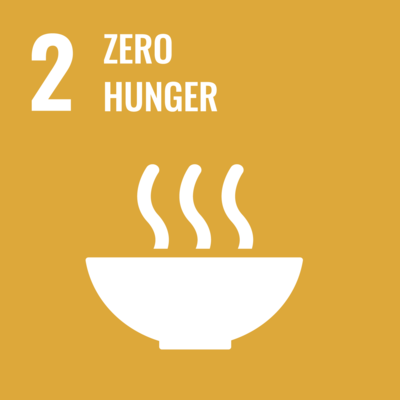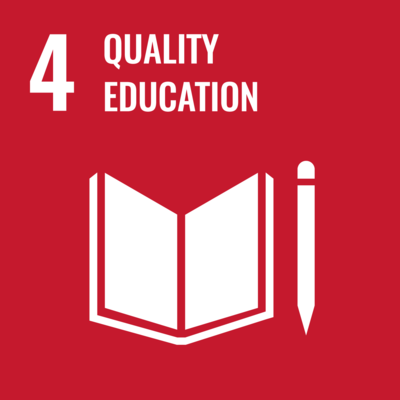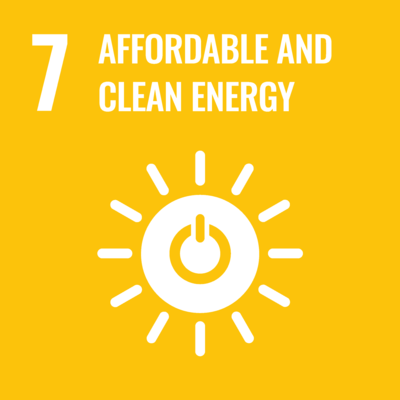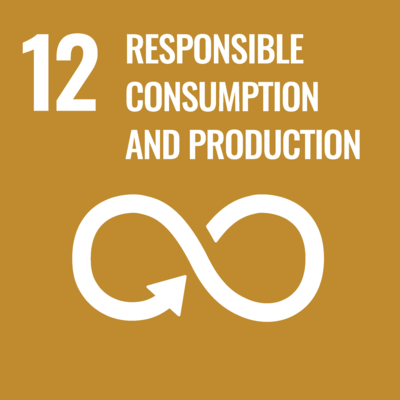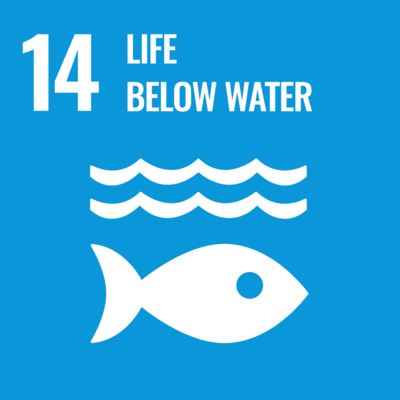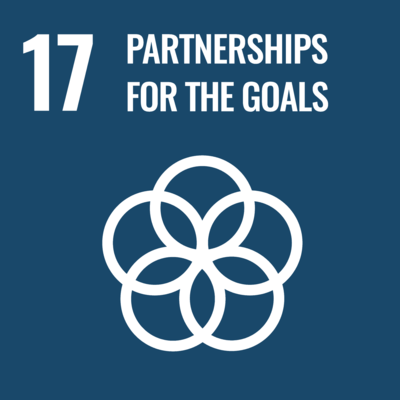SDG 14.3.4 Technologies towards aquatic ecosystem damage prevention (direct work)
NCUE has ongoing projects and activities, which include the “Beautiful and Treasured Clams in Fangyuan and Dacheng: Sustainable Industry and Environment Project of Changhua’s Two Cities Amid Climate Change”. The following is a brief description.
Beautiful and Treasured Clams in Fangyuan and Dacheng: Sustainable Industry and Environment Project of Changhua’s Two Cities Amid Climate Change: The research project includes:
1. Population Dynamics of the Invasive Mussel Mytella strigata in Taiwan.
2. Reproductive Physiology of the Invasive Mussel Mytella strigata.
Mytella strigata (Hanley, 1843), native to Central and South America, exhibits high environmental tolerance, making it a globally aggressive invasive mussel. In recent years, it has become a significant ecological and economic threat in Taiwan.
First Research Project: Understand the reproductive cycle and gonadal development of Mytella strigata to identify optimal intervention timing, aiming to prevent its spread and reduce its impact.
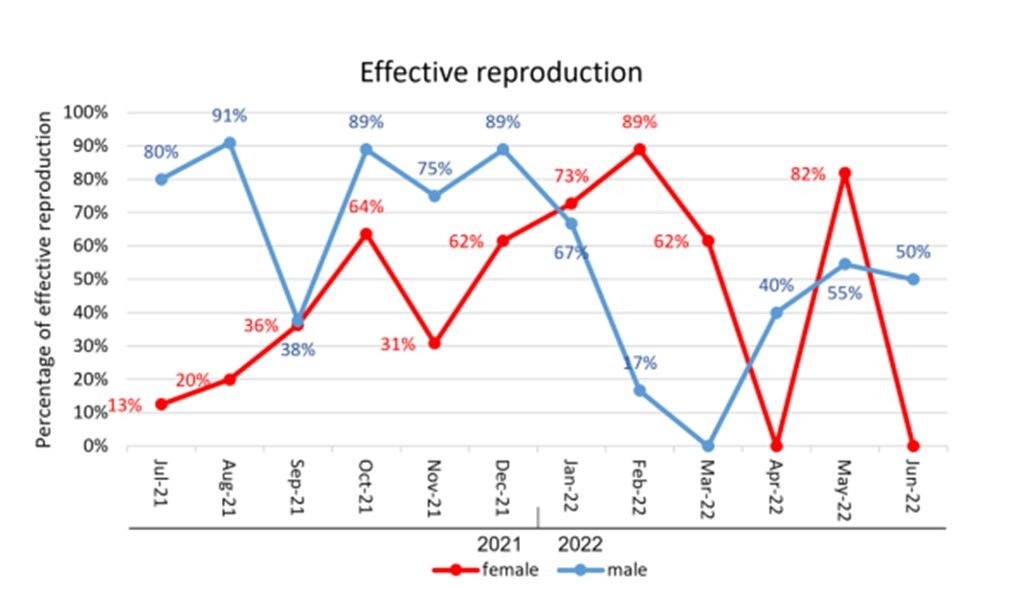
Figure 1. Here is a description for the graph: "Effective Reproductive Month Trends for Male and Female Mytella strigata" Male: Represented by the blue curve. Female: Represented by the red curve
Second Research Project: Investigate the population dynamics of Mytella strigata, including population composition, shell length growth rates, mortality rates, and population expansion. This study aims to provide fundamental biological data to support the management and removal of M. strigata.
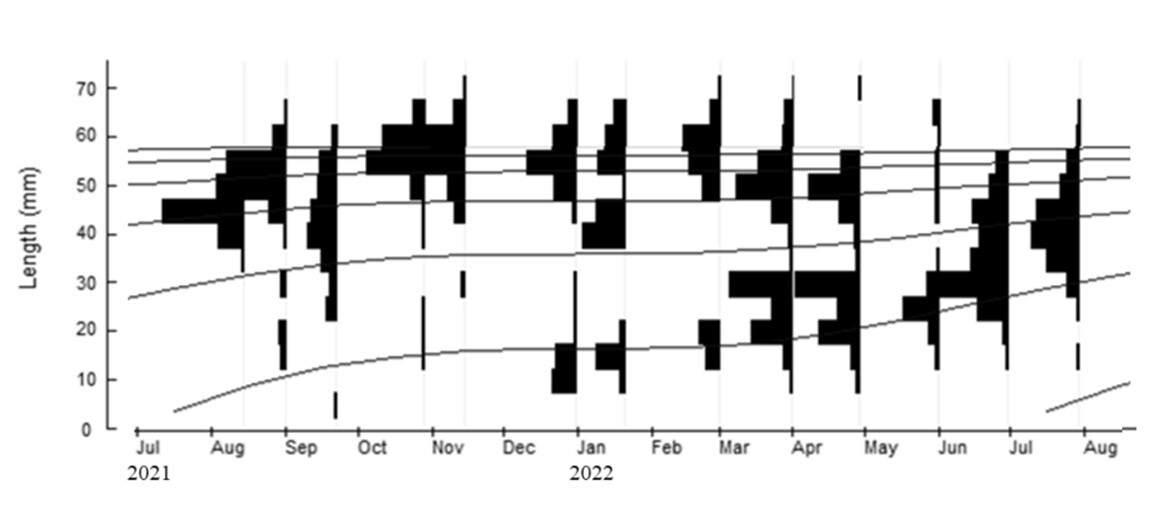
Figure 2. Monthly Shell Length Frequency Distribution of Mytella strigata. This graph illustrates the shell length frequency distribution of the invasive mussel Mytella strigata throughout the year. It shows that there are five reproductive cohorts within the year. The growth rates are highest in spring and autumn, and there is a continuous replenishment of juvenile mussels throughout the year
Link to the FB page of the projects: https://www.facebook.com/NCUEUSR/


